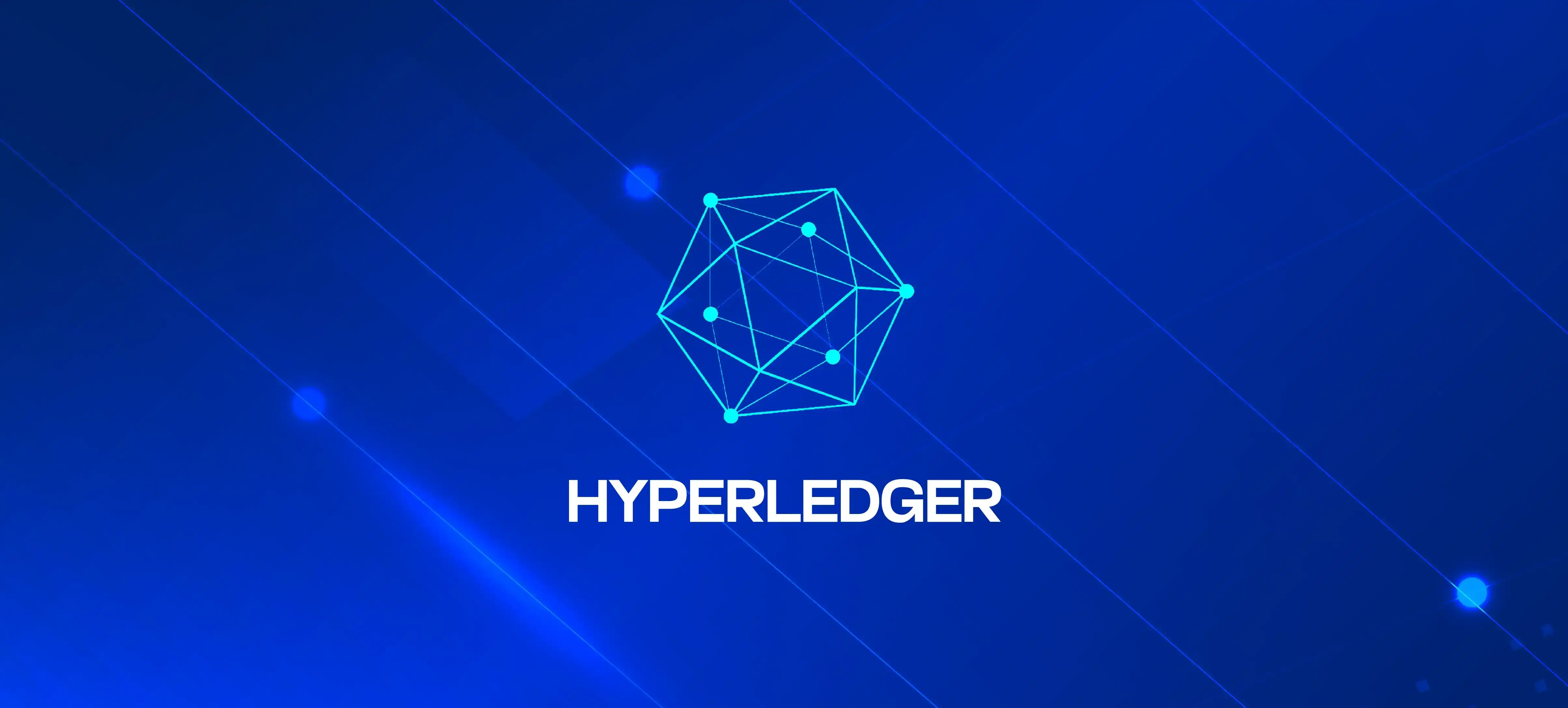
Is Hyperledger Still Viable for Blockchain Development in 2025?
Table of Contents
Introduction: The Context of Blockchain Technology in 2025
Blockchain technology continues to revolutionize industries by offering decentralized, transparent, and secure solutions. While platforms like Ethereum and Solana dominate public blockchains, Hyperledger remains a significant player in permissioned blockchain solutions. This blog evaluates whether Hyperledger is still a viable choice in 2025 for blockchain development.
What Is Hyperledger?
Hyperledger is an open-source initiative led by the Linux Foundation. Unlike public blockchains, Hyperledger provides permissioned blockchain frameworks tailored to enterprise needs. Key frameworks include:
-
Hyperledger Fabric: A modular blockchain framework for supply chain, healthcare, and finance.
-
Hyperledger Besu: Focused on Ethereum compatibility for enterprise use.
-
Hyperledger Sawtooth: Known for flexibility and support for custom consensus mechanisms.
Hyperledger stands out with its emphasis on privacy, scalability, and modular architecture, making it ideal for organizations requiring controlled access.

The State of Hyperledger in 2025
Hyperledger has continued to evolve, adding features that cater to modern demands:
-
Scalability Enhancements: Support for Layer-2 solutions and interoperability between Fabric and public blockchains like Ethereum.
-
Integration with Emerging Technologies: IoT and AI integrations to streamline supply chain solutions.
-
Compliance and Security Updates: Meeting GDPR, CCPA, and global compliance standards.
-
Active Community and Support: Backed by leading technology firms like IBM, Intel, and AWS.
Despite advancements, Hyperledger faces stiff competition from public blockchains offering decentralized application (dApp) development and robust ecosystems.

Hyperledger vs. Public Blockchains
|
Hyperledger |
|
Permissioned |
|
High for private networks |
|
Go, Java, Solidity |
|
Supply chain, finance, identity |
|
Managed hosting may incur costs |
Hyperledger's permissioned nature makes it suitable for enterprises but less appealing for startups focusing on dApps or NFTs.
Key Use Cases for Hyperledger
-
Supply Chain Solutions
-
Real-time tracking of goods with blockchain-based data immutability.
-
Integration with IoT devices for automated record-keeping.
-
- Blockchain-Based Identity Management
- Decentralized identity solutions to improve authentication and reduce fraud.
- Potential integration with national ID systems for better governance.
- Decentralized identity solutions to improve authentication and reduce fraud.
- Financial Systems and Banking
- Secure and private frameworks for cross-border payments.
- Support for tokenized assets and digital currencies.

Emerging Trends Favoring Hyperledger
-
Tokenization Services: Integration of ERC-20 and ERC-721 tokens with permissioned systems.
-
Cross-Chain Compatibility: Bridging Hyperledger with Ethereum and Cosmos to enable asset transfer.
-
Blockchain Security Auditing: Enhanced auditing tools to ensure smart contract integrity.
Challenges and Alternatives
While Hyperledger remains strong, certain challenges may limit its growth:
-
Limited Public Ecosystem: Not suitable for open, community-driven projects.
-
Lack of DeFi/NFT Appeal: Minimal traction in these high-growth sectors.
Alternatives like Ethereum, Polkadot, and Avalanche offer robust ecosystems for developers looking to create decentralized finance solutions or NFT platforms.
Conclusion: Is Hyperledger Viable in 2025?
Hyperledger remains a viable solution for enterprises prioritizing privacy, scalability, and compliance. However, for blockchain startups and Web3 applications, public chains like Ethereum or Polygon offer unmatched flexibility and innovation.
Table of Contents
Introduction: The Context of Blockchain Technology in 2025
Blockchain technology continues to revolutionize industries by offering decentralized, transparent, and secure solutions. While platforms like Ethereum and Solana dominate public blockchains, Hyperledger remains a significant player in permissioned blockchain solutions. This blog evaluates whether Hyperledger is still a viable choice in 2025 for blockchain development.
What Is Hyperledger?
Hyperledger is an open-source initiative led by the Linux Foundation. Unlike public blockchains, Hyperledger provides permissioned blockchain frameworks tailored to enterprise needs. Key frameworks include:
-
Hyperledger Fabric: A modular blockchain framework for supply chain, healthcare, and finance.
-
Hyperledger Besu: Focused on Ethereum compatibility for enterprise use.
-
Hyperledger Sawtooth: Known for flexibility and support for custom consensus mechanisms.
Hyperledger stands out with its emphasis on privacy, scalability, and modular architecture, making it ideal for organizations requiring controlled access.

The State of Hyperledger in 2025
Hyperledger has continued to evolve, adding features that cater to modern demands:
-
Scalability Enhancements: Support for Layer-2 solutions and interoperability between Fabric and public blockchains like Ethereum.
-
Integration with Emerging Technologies: IoT and AI integrations to streamline supply chain solutions.
-
Compliance and Security Updates: Meeting GDPR, CCPA, and global compliance standards.
-
Active Community and Support: Backed by leading technology firms like IBM, Intel, and AWS.
Despite advancements, Hyperledger faces stiff competition from public blockchains offering decentralized application (dApp) development and robust ecosystems.

Hyperledger vs. Public Blockchains
|
Hyperledger |
|
Permissioned |
|
High for private networks |
|
Go, Java, Solidity |
|
Supply chain, finance, identity |
|
Managed hosting may incur costs |
Hyperledger's permissioned nature makes it suitable for enterprises but less appealing for startups focusing on dApps or NFTs.
Key Use Cases for Hyperledger
-
Supply Chain Solutions
-
Real-time tracking of goods with blockchain-based data immutability.
-
Integration with IoT devices for automated record-keeping.
-
- Blockchain-Based Identity Management
- Decentralized identity solutions to improve authentication and reduce fraud.
- Potential integration with national ID systems for better governance.
- Decentralized identity solutions to improve authentication and reduce fraud.
- Financial Systems and Banking
- Secure and private frameworks for cross-border payments.
- Support for tokenized assets and digital currencies.

Emerging Trends Favoring Hyperledger
-
Tokenization Services: Integration of ERC-20 and ERC-721 tokens with permissioned systems.
-
Cross-Chain Compatibility: Bridging Hyperledger with Ethereum and Cosmos to enable asset transfer.
-
Blockchain Security Auditing: Enhanced auditing tools to ensure smart contract integrity.
Challenges and Alternatives
While Hyperledger remains strong, certain challenges may limit its growth:
-
Limited Public Ecosystem: Not suitable for open, community-driven projects.
-
Lack of DeFi/NFT Appeal: Minimal traction in these high-growth sectors.
Alternatives like Ethereum, Polkadot, and Avalanche offer robust ecosystems for developers looking to create decentralized finance solutions or NFT platforms.
Conclusion: Is Hyperledger Viable in 2025?
Hyperledger remains a viable solution for enterprises prioritizing privacy, scalability, and compliance. However, for blockchain startups and Web3 applications, public chains like Ethereum or Polygon offer unmatched flexibility and innovation.
FAQS
Hyperledger is an open-source initiative designed for enterprise-grade, permissioned blockchain solutions. Unlike public blockchains such as Ethereum or Solana, Hyperledger offers frameworks like Hyperledger Fabric and Besu that prioritize privacy, scalability, and controlled access.
Yes, Hyperledger remains a strong contender in 2025 for enterprise blockchain solutions. It excels in areas such as supply chain management, identity verification, and secure financial systems, thanks to its focus on scalability, compliance, and privacy.
Hyperledger is commonly used in:
- Supply Chain Management: Real-time tracking and IoT integration.
- Identity Management: Secure, decentralized authentication systems.
- Financial Systems: Tokenization and secure cross-border payments.
Hyperledger is ideal for enterprises requiring private, permissioned solutions, while Ethereum is better suited for decentralized applications (dApps), DeFi projects, and NFTs. Hyperledger offers high transaction speeds for private networks but lacks the broad public ecosystem of Ethereum.
The key advantages of Hyperledger include:
- Permissioned Access: Enhanced control over network participants.
- Scalability: High transaction throughput for private use cases.
- Compliance: Meets global regulations like GDPR and CCPA.
Hyperledger faces competition from public blockchains in areas such as:
- Decentralized Finance (DeFi) and NFT development.
- Community-driven, open blockchain ecosystems.
- Limited traction in startups focusing on Web3 innovations.
Hyperledger is best suited for enterprises and organizations requiring privacy and compliance. Startups focusing on decentralized applications, NFTs, or community-driven projects may find public blockchains like Ethereum or Polygon more appropriate.
Key trends favoring Hyperledger include:
- Tokenization: Integration of tokens with permissioned systems.
- Cross-Chain Compatibility: Bridging with public blockchains like Ethereum and Cosmos.
- Blockchain Security Auditing: Improved tools for smart contract integrity.
Hyperledger is backed by major technology firms such as IBM, Intel, and AWS, ensuring robust community support and continuous innovation.
Businesses can start by consulting blockchain development experts to assess their needs. Partnering with a team skilled in Hyperledger frameworks like Fabric or Besu ensures tailored solutions for scalability, privacy, and compliance.




